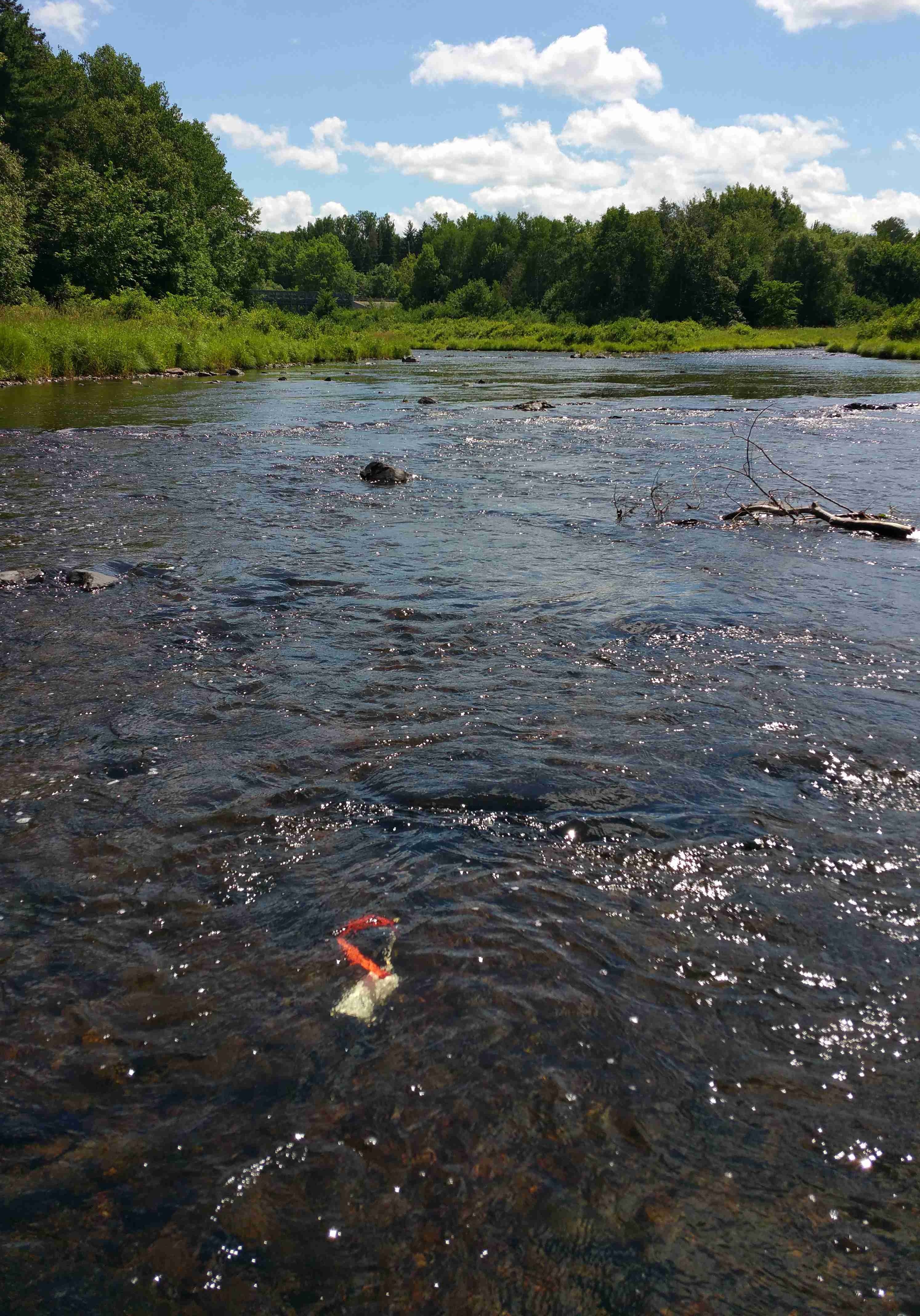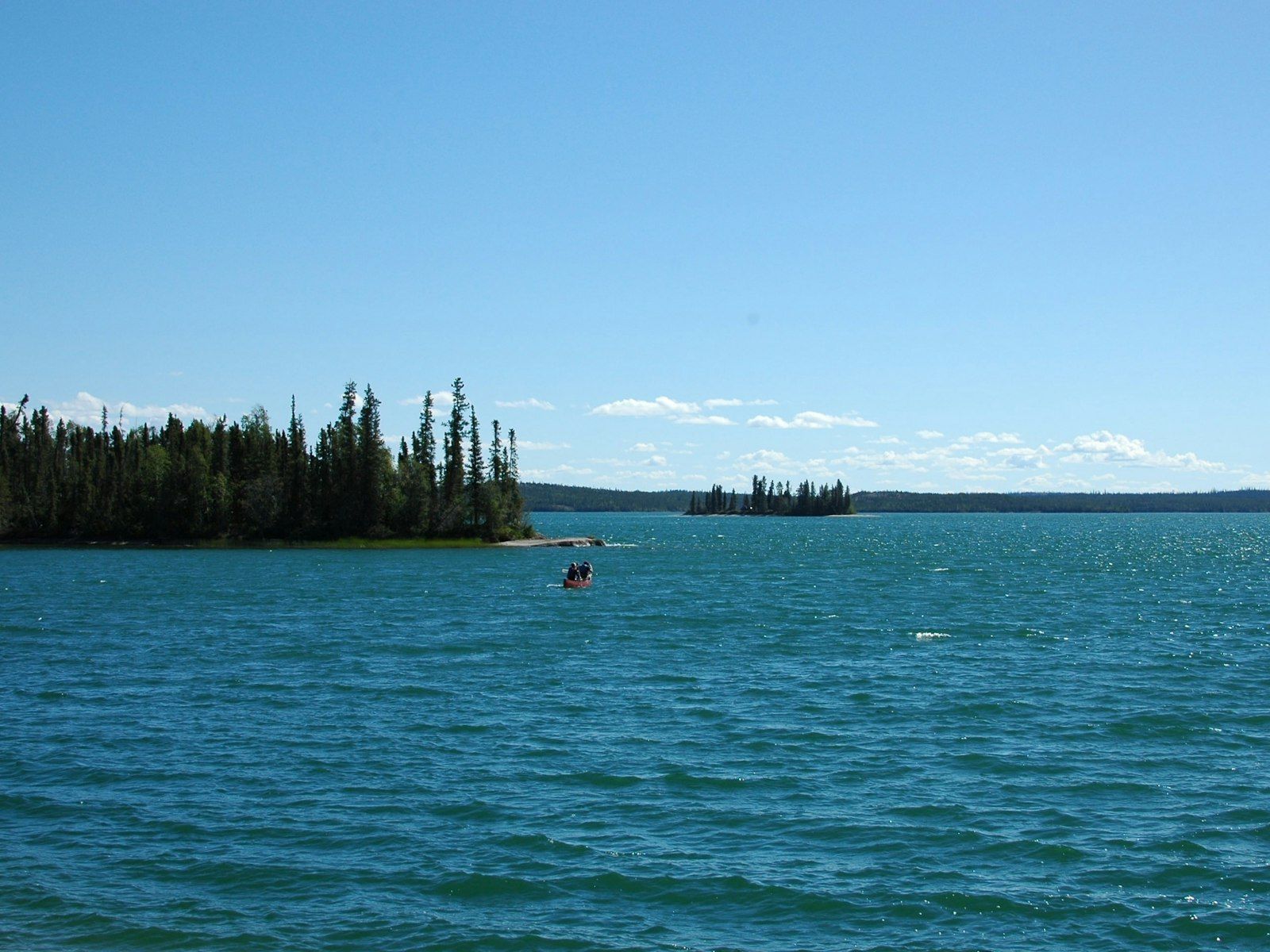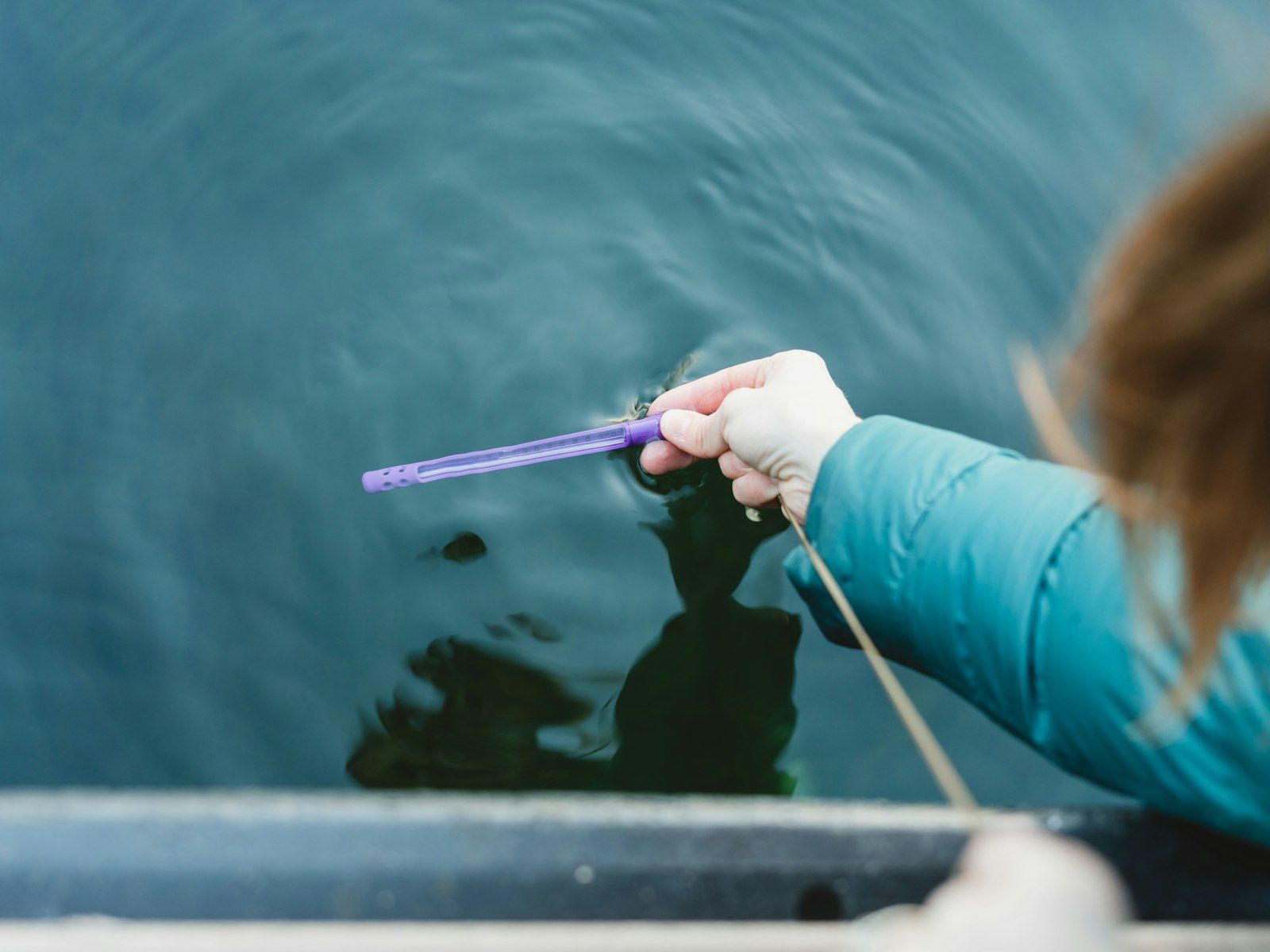RivTemp: Tracking temperatures for the sake of salmon
Today, Atlantic salmon are in hot water — literally and figuratively. Climate change and deforestation are raising the temperature of many watersheds in Quebec and Atlantic Canada. And that’s bad news for these cold-blooded creatures that already face a slew of other pressures.
Warmer water puts serious stress on their bodies. It also contains less dissolved oxygen, making breathing a struggle. For Atlantic salmon, water temperatures higher than 25°C are stressful and may be lethal.
As Atlantic salmon numbers drop, RivTemp is keeping a close eye on river temperatures. Launched in 2014, this network brings together universities, government ministries and local groups across Quebec and Atlantic Canada. The work and monitoring conducted by these partners are vital.

A data-logging device installed in the river to record water temperature.
Today, RivTemp has data-logging devices at 835 stations on 379 rivers. There are even some in Nunavik, where Arctic char — a salmon cousin — face similar challenges. Each data logger captures water temperatures every 15 minutes to two hours. Some just operate through the summer, while others take measurements year-round.
It adds up to a massive amount of data. And from her headquarters at Quebec’s Institut national de la recherche scientifique, Claudine Boyer is responsible for validating, processing and consolidating it all in a centralized database.
The resulting insights are powerful for several reasons, the RivTemp coordinator says. Firstly, in rivers where data has been collected for several years, researchers can identify trends that affect not just salmon but entire ecosystems.
As the database grows, researchers can more confidently extrapolate those trends to other, unmonitored rivers. They can also test hypotheses: for example, looking at how heat waves affect the long-term health of salmon.
According to Boyer, the database is equally valuable for community groups and conservationists working to protect salmon, allowing them to track temperature trends in their own watershed and compare their watershed to others. And if those trends spell trouble, groups can use the data to convince funders to support restoration projects.
Now, much of this data (e.g., daily mean temperature) is available on Great Lakes DataStream. Boyer hopes that sharing it on a bigger platform will amplify its impact and spread the word about RivTemp. “It’s a way to enlarge the audience and make sure that more people can benefit,” she says.
Perhaps they might even be inspired to start tracking temperatures in their own watersheds. There are still lots of gaps to fill, says Boyer — and capturing the data couldn’t be easier.
“It’s finding the right spot in the river, installing a rod or other solid anchor into the river bed and solidly attaching the instrument,” she says. After that, she says, it’s just a matter of occasionally checking to make sure they’re still underwater and retrieving them once a year for downloading the data.
According to Boyer, the key to RivTemp’s success is collaboration between researchers and the local groups who collect the data and support from funders. Now, DataStream is proud to join the collaboration, giving more people the opportunity to see and study freshwater warming trends.
Header photo by Antoine Rivierre.
View Dataset


